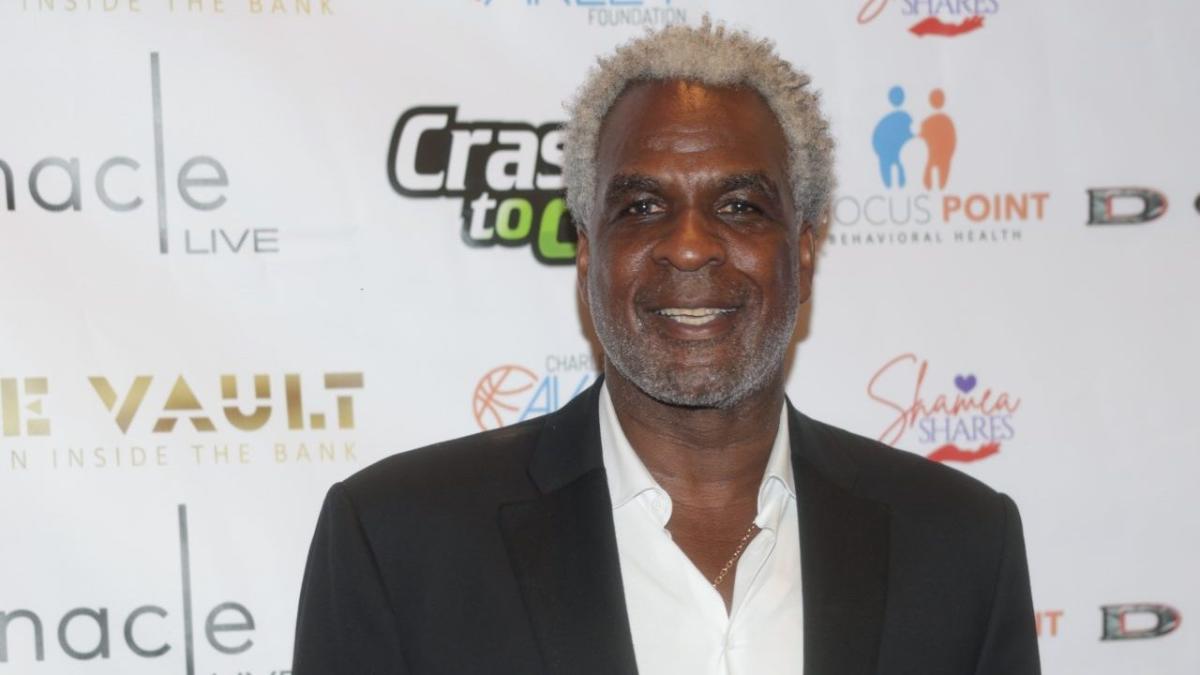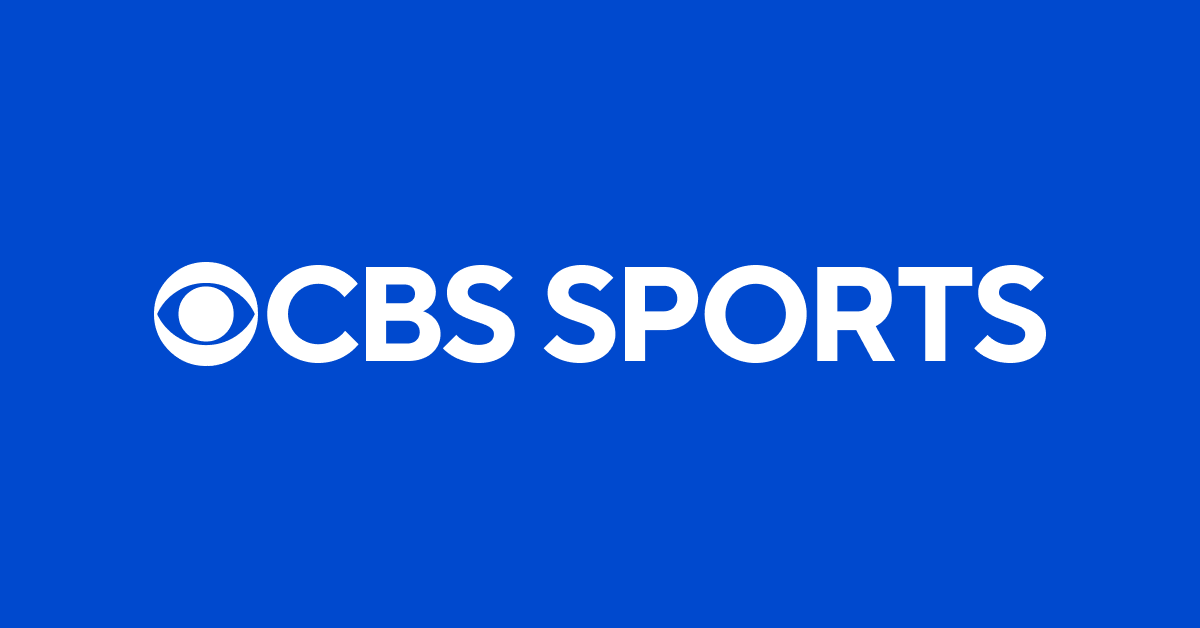Basketball
Oakley-Dolan MSG Ejection Fight Rolls On With Split Decision

It’s been seven and a half years since the Blake Griffin-led Los Angeles Clippers defeated the Carmelo Anthony-led New York Knicks, 119-115, at Madison Square Garden.
Griffin and Anthony are now retired from the NBA. Yet their Feb. 8, 2017, game lives on through federal litigation in the Southern District of New York.
More from Sportico.com
That’s because it was the infamous night when retired Knicks star Charles Oakley, a longtime nemesis of franchise owner James Dolan, was ejected from the venue against his will in a high-profile confrontation with arena staff. Oakley then sued MSG and Dolan in a case that, after being tossed twice by the trial judge and then reinstated twice by the U.S. Court of Appeals for the Second Circuit, is somehow only in pretrial discovery after all this time.
But the case is finally heating up after U.S. District Judge Richard Sullivan on Tuesday granted Oakley’s motion to depose Dolan while also substantially limiting the scope of emails Dolan must share.
Dolan is no longer a defendant; the latest version of the case involves Oakley’s assault and battery claims against MSG. Oakley, 60, contends he was unreasonably removed by force.
Oakley wants Dolan to provide oral statements under oath and answer questions from Oakley’s attorneys. MSG argues that Dolan is an “apex witness,” meaning a high-ranking corporate executive. During litigations, apex witnesses can be targeted for harassment and inconvenience as a way of unfairly applying pressure on them and their companies. Under the apex witness doctrine, attorneys are generally forbidden from deposing an apex witness unless the attorneys can establish this witness has personal knowledge of key facts and that knowledge can’t be acquired through less intrusive means.
Sullivan concluded Oakley can depose Dolan, since “it appears obvious” the Knicks owner “possesses information that is relevant to Oakley’s claims” and that “cannot be obtained from any other witness.”
To that end, Sullivan said Dolan “is one of only two people” who could testify as to whether Oakley accurately claims that moments before his removal, Dolan conversed with a security guard.
Oakley also accuses Dolan of “pointing downwards with his right index finger” to apparently gesture a guard to converge on Oakley.
“Only Dolan,” Sullivan wrote, “can explain whether he signaled the guard and, if so, what his signal was intended to convey.” Dolan’s testimony could also potentially advance or hinder MSG’s insistence that Dolan wasn’t involved with the removal.
But the judge was far more skeptical of Oakley’s request of access to a four-year period of Dolan’s emails.
MSG described the email demand as excessive and essentially a fishing expedition. Sullivan agreed, noting Oakley failed to articulate “how Dolan’s emails from years after the incident are likely to yield evidence concerning whether the MSG defendants used reasonable force when removing Oakley from MSG on the night in question.” Sullivan reduced Oakley’s demand for a four-year search to an abbreviated window: Feb. 8, 2017, to March 1, 2017.
On a brighter note for Oakley, Sullivan granted Oakley’s motion to obtain written statements to questions under oath from 15 witnesses who allegedly participated in his removal.
The parties have agreed that if the case goes to a jury trial, it would last about two weeks. But no trial date has been set. Attorneys for Oakley and MSG have a courtroom status conference scheduled for March 4, 2025—more than eight years after the now infamous game and by which point Anthony’s son, high school basketball star Kiyan Anthony, will have made his college basketball commitment.
Best of Sportico.com
Sign up for Sportico’s Newsletter. For the latest news, follow us on Facebook, Twitter, and Instagram.









